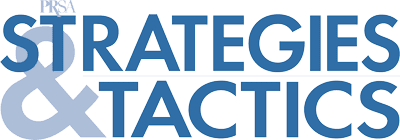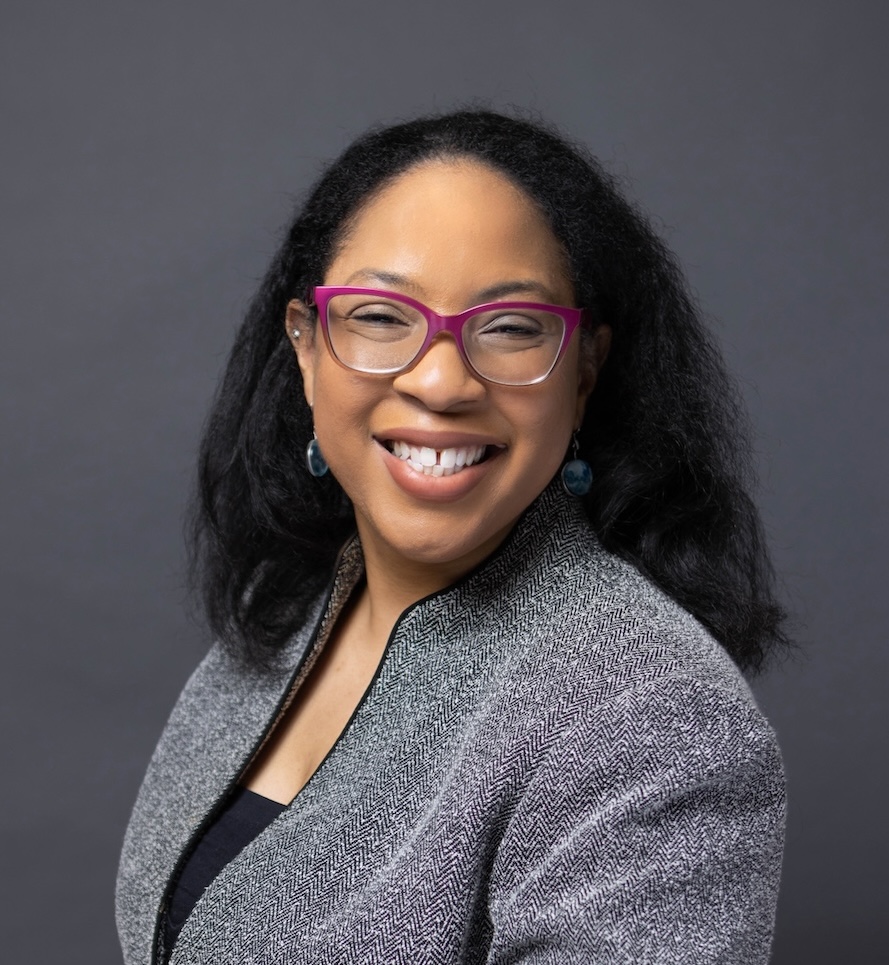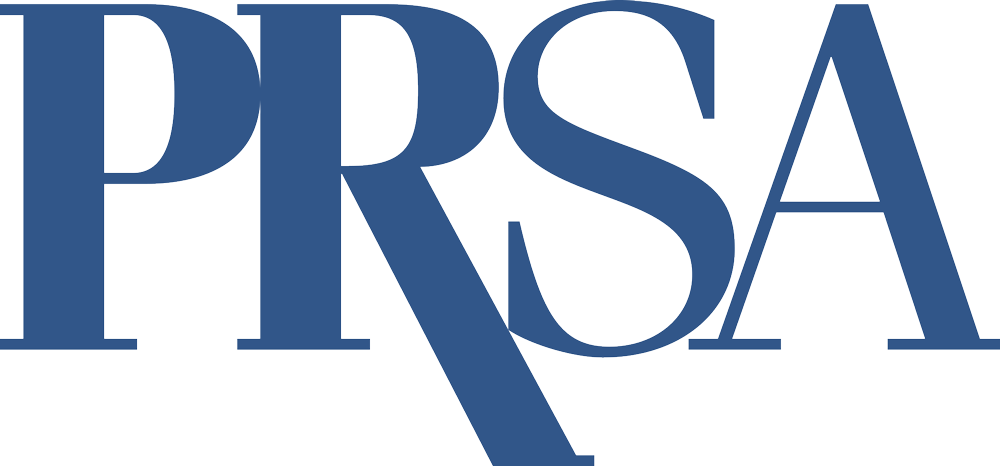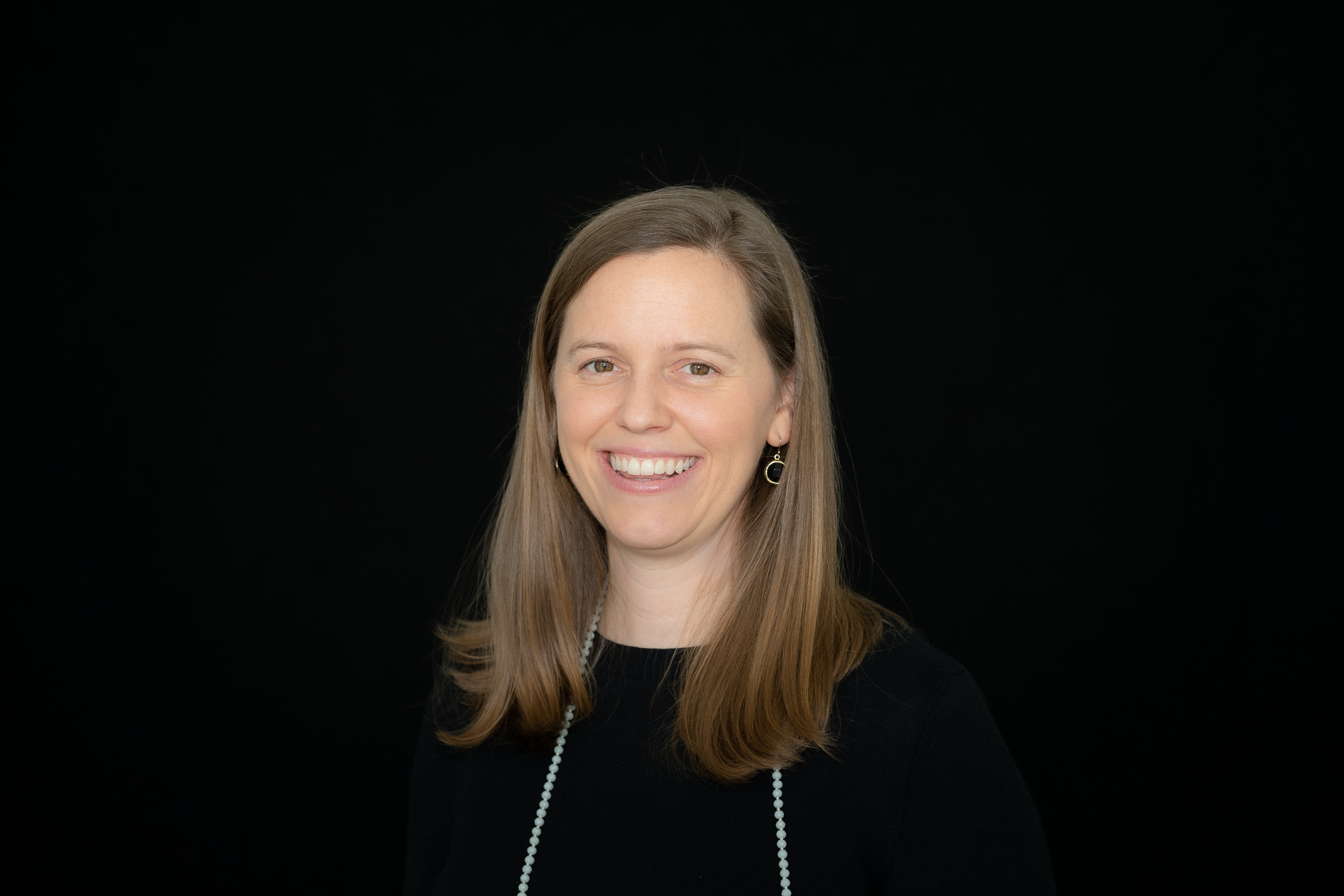Bridgette Russell, APR, of the Field Museum on Connection Through Storytelling
By Amy Jacques
April 2025
A native of Chicago, Bridgette Russell, APR, is the senior director of marketing and communications at the Field Museum. She also serves as president of PRSA’s Chicago Chapter.
For the April issue of Strategies & Tactics, she talked about telling great stories, transitioning from journalism to communications, engaging with global communities through the Field Museum, becoming Accredited in Public Relations and encouraging the next generation of PR pros.
You started your career as a reporter. How did you come to work in PR, and why you decided to make the shift from a career in journalism?
Like many of us who were in journalism but switched to the “dark side,” I majored in journalism to tell good stories. I wanted to be a newspaper reporter since I was about 12 years old after learning that I wasn’t good at making up stories, but that I could inject a good bit of whatever emotion was required while retelling a true story.
In 2010, I decided to leave journalism to pursue being a PR consultant for nonprofits. I had always loved working with nonprofits as a reporter because their stories were so compelling.
I took my first full-time communications role at Goodwill Industries of the Southern Rivers, Inc., in 2014. It’s weird to think that I’ve been out of journalism longer than I was in it, but so much of that training still shapes my work. I’m happy where I ended up, though I couldn’t have imagined it from where I started.
Your LinkedIn profile says your goal is to “tell a good story and teach others how to communicate effectively.” To you, what are the key components of a great story?
A great story makes you feel something — regardless of whether the goal is to inform, entertain, persuade or whatever style the Writing 101 teachers tell you about. A great story makes something real to the reader. The approach to writing a great story has to be grounded in the author’s clarity about what they want to tell someone and why.
From there, a writer’s tone and style can take the story in a variety of directions, but if they have done their job, then the story will be memorable to the reader, viewer or listener. For those of us who tell stories professionally, it’s important to remember we have a job to do when we communicate; every story should have a point, a purpose or a goal.
The Field Museum aims to “connect all of us to the natural world and the human story.” Talk about the importance of storytelling in the work you’re doing.
Museums are full of stories. How did that get there? Who made the first one? Where did those people come from? Where did that animal go? All stories. A museum’s role in storytelling is so important because those stories are often about times long gone and people who are no longer here — which is a huge responsibility.
I am so fortunate that my role allows me to communicate about the communicators to amplify the work of our scientists, curators, exhibition developers and educators. They tell the stories within the museum, and our team’s job is to broadcast it outside the building. Storytelling in a way the public can engage with is key to my role, and that work helps demonstrate how we are fulfilling our mission.
What are some creative and engaging things the Field Museum is doing to make meaningful connections with audiences, stay relevant and foster relationships?
The Field Museum engages with communities around the world. The most obvious fruit of that labor turns up in our exhibitions, which highlight everything from dinosaurs to diamonds and human culture to global conservation. We have permanent exhibitions as well as two to three temporary ticketed exhibitions a year. We also have 150 scientists on staff who produce research in botany, zoology, anthropology and geology, as well as an education team, and a science action center.
The Field stays relevant not only through the types of research that resulted in SUE the T. Rex being repositioned in 2018 to include the animal’s gastralia (as it turns out, the T. Rex was likely much more horizontal than previously depicted) but also how recent CT scans of mummified individuals give us a glimpse into how people actually lived. It’s also present in how our Exhibitions teams consult with communities represented in our galleries about how they want their stories told and in how our conservationists work with equal fervor with people in Chicago and in the Amazon to preserve green spaces. These relationships, like our understanding of the world around us, are constantly evolving.
You’re the 2025 president of PRSA’s Chicago Chapter. What’s top of mind among your peers and the membership right now?
PRSA Chicago is an incredible organization that offers resources to communications professionals. Encouraging the next generation of comms pros is top of mind for us as we strategize to keep people engaged who may be earlier in their careers. We have to make sure we stay on top of trends and offer guidance that is relevant to today’s industry.
April is APR Month, and you are Accredited in Public Relations. What did you learn from this process?
Obtaining my APR was one of the most rewarding things I’ve ever done. Accreditation teaches you how to holistically approach public relations campaigns to set, reach and report on your goals. PR practitioners are often asked about ROI, which can be difficult to measure. Becoming Accredited helped me learn and apply best practices to feel confident about my work and my results.
What originally inspired you to study and obtain your APR — and why is this important to you?
My degree is in journalism, not in PR, advertising or marketing so I knew I wanted to get more industry-specific training. Before I worked in communications full-time, I got a certificate in Marketing & Advertising Essentials; similarly, I researched what credential I should obtain to solidify my PR skills as well.
The APR kept coming up time and time again, especially from mentors in the communications industry whom I trusted. It was important to me to not just wing it with PR and communications, but to really learn how to be the best PR professional I could be. I didn’t want to assume that being a journalist meant that I had nothing else to learn about other forms of communications.
What advice do you have for the next generation of young professionals as they enter the PR and communications profession?
Learn how to write, learn how to create content, learn how to report ROI, learn metrics, learn KPIs, learn it all. There is so much overlap now that getting experience in a variety of communications-related fields will help strengthen your experience and help propel you to the top of the industry.
Bonus: Find and keep a mentor! I have gotten so much good advice over the years that has shaped my career. You never know where you’ll find inspiration.



